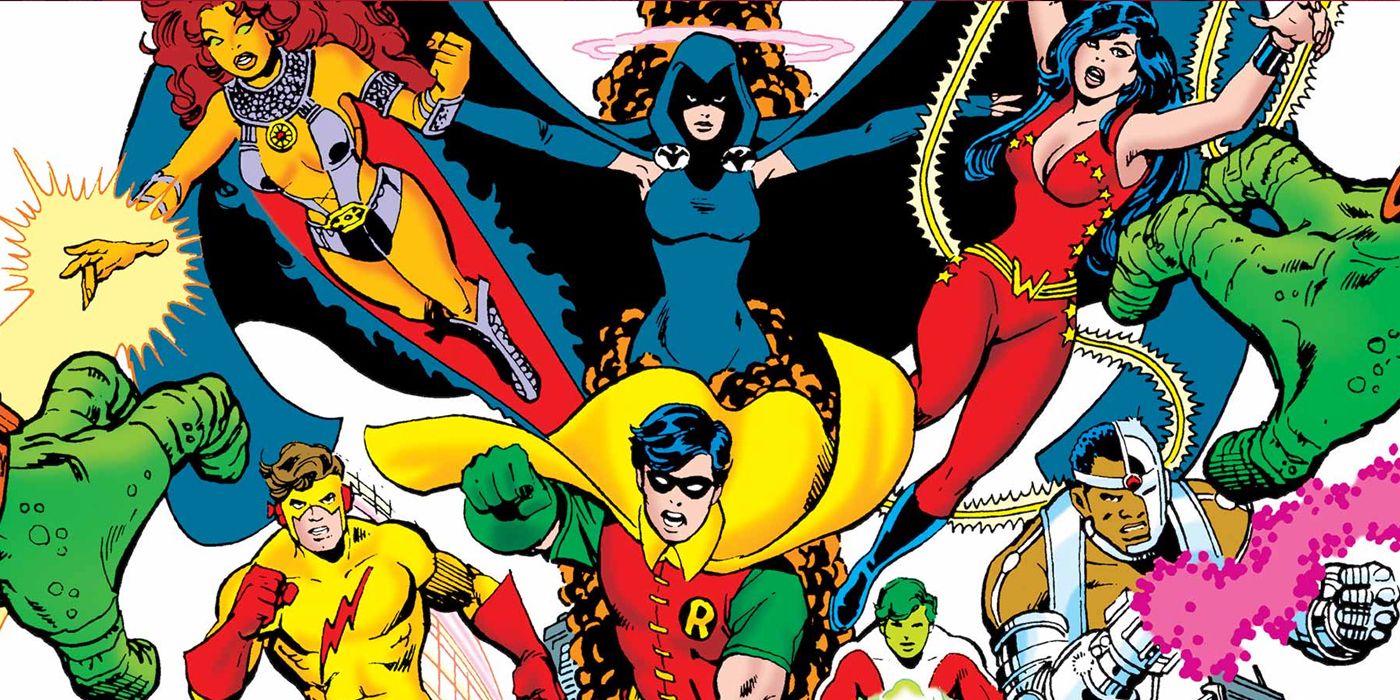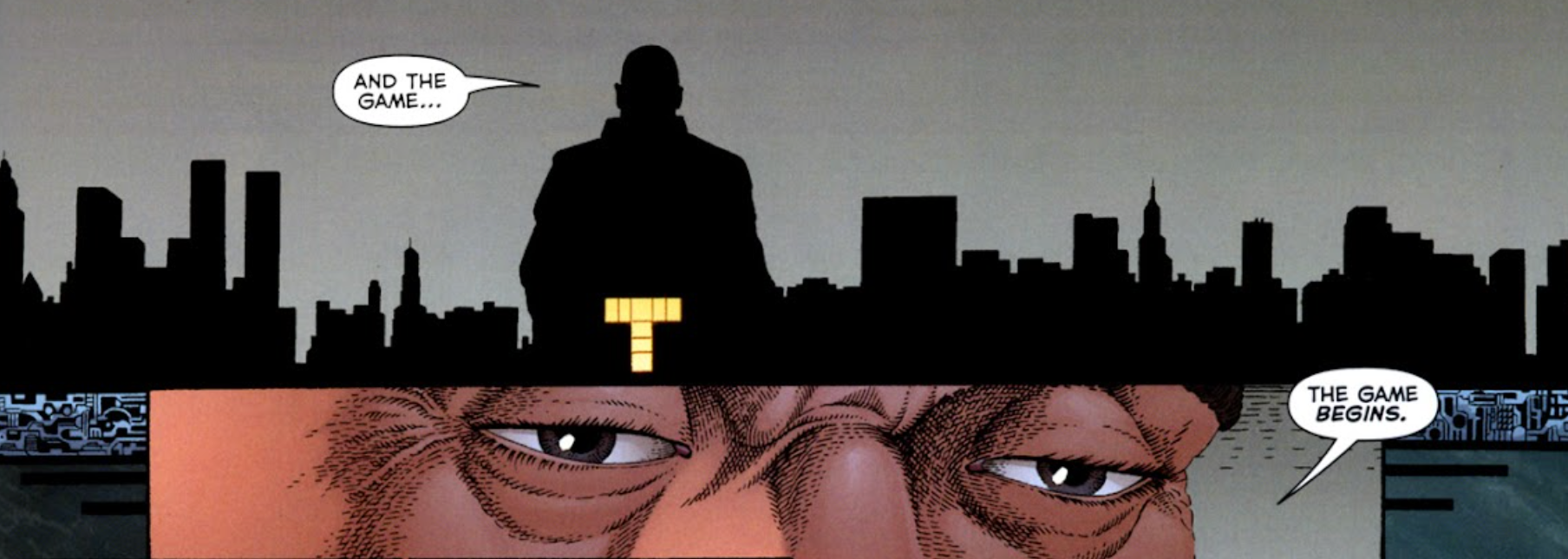The Teen Titans have long remained one of the most influential groups of superheroes in the comic book world. Furthered by the animated show from 2003-2006, as well as its revamp in 2013, the group of heroes has had a longstanding impact on multiple generations. One of the most popular incarnations of the team is the 1980s New Teen Titans, spearheaded by the creative team of George Perez and Marv Wolfman. However, despite their run on the book ending in 1984, one story from the duo took over 20 years to see the light of day.
Making its way to shelves in 2011, The New Teen Titans: Games (by George Perez and Marv Wolfman) featured the reunion of Donna Troy, Raven, Nightwing, Beast Boy, Cyborg, Danny Chase, Starfire, and Deathstroke's son, Jericho. Updated to fit the times, the young superheroes take on a mysterious new villain and finally shed their teenage mantle.
Between 1987-1988, Wolfman and Perez began the development of a special edition story featuring the New Teen Titans. It was to be their first piece together since Perez had departed as a regular artist from the title in 1984. Despite having a story conceptualized, the story was shelved so Perez could return to the main title. Over the years, the two continued their work on the book and were close to completion, however, a variety of factors prevented it from coming out, the largest of which was Perez's move to Marvel in 1991. The story went dormant for quite some time after his departure. But in 2004, Wolfman was approached by Perez, who proposed the idea of finishing the story as a graphic novel, to which Wolfman agreed.
The story was finally published in 2011 and was centered around the Teen Titans, being reunited by agent Faraday to find a mysterious murderer, who calls himself the Gamesmaster. Faraday informs them that he has extensive information on their backgrounds and their secret identities, noting that he had been stalking them for years. The tragedies begin as Cyborg's ex-girlfriend is targeted and killed by the villain. Following this, the team investigates a series of warehouse bombings seemingly perpetrated by the Gamesmaster. They arrive to find a disk on one of the deceased victims. On it is an image of New York City, a chessboard positioned at checkmate, as well as hints to his next moves.
They split up to find the villain, however, each is attacked by individuals calling themselves players. Eventually, Nightwing tracks down and confronts the man he believes is the Gamesmaster, however, the man is killed in an explosion, claiming that he has been played. After defeating their attackers, the Teen Titans come to discover that Faraday was behind these events all along and that he planned to destroy New York City, using the energy shields from Titans Tower to crush it. Faraday claims that this was all done to provoke the government to prepare for future enemy attacks. They are able to take him down, however, they aren't fast enough, and parts of New York are destroyed. By the end of the story, the teenage heroes proved that they are more than capable of protecting the world, and graduated from their "teen" prefix.
The long delay between the book's conception and its release led to major changes in its plot. The first half of the story's artwork had been finished in 1988, however, upon revisiting their idea in 2004, the two realized that society had changed and their original story did not reflect those changes. New technologies, as well as new norms, resulted in the pair rerouting their ideas. They decided to go back and change the story, adding new motivations, villains, and dialogue. As a result, the Teen Titans can be seen battling issues such as going through legal channels to take down a villain, as well as being compromised by modern surveillance technology.
As a whole, Marv Wolfman and George Perez's run on Teen Titans was an influential one that changed the franchise. They used superhero stories as a gateway to tackle real issues, such as racial inequality, poverty, as well as the simple realities of growing up. The New Teen Titans: Games, ultimately served as a fitting exit for the duo and their iconic take on the group of characters.



